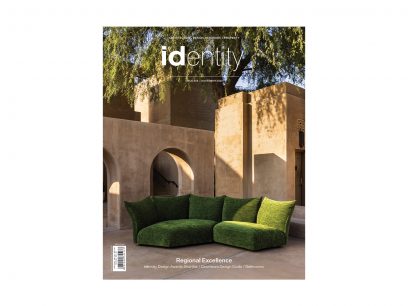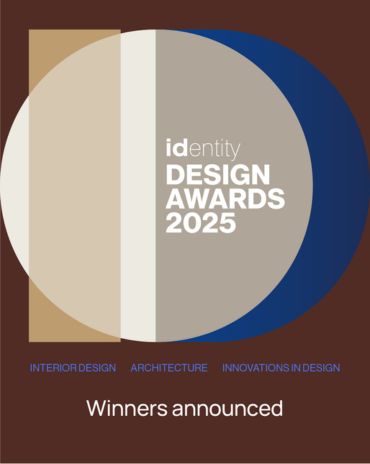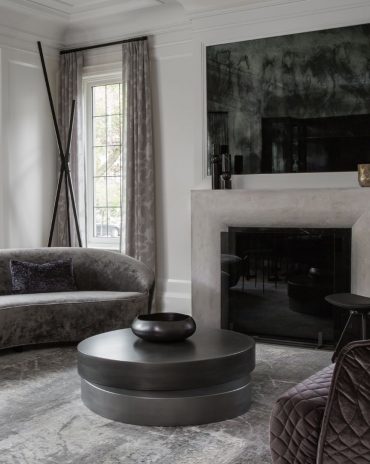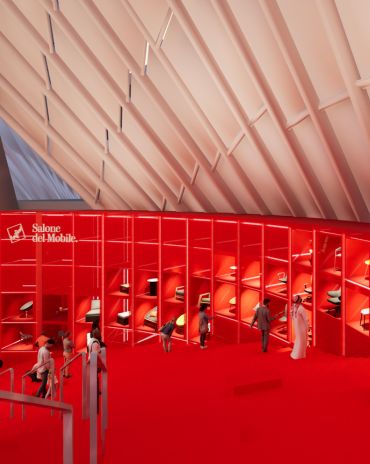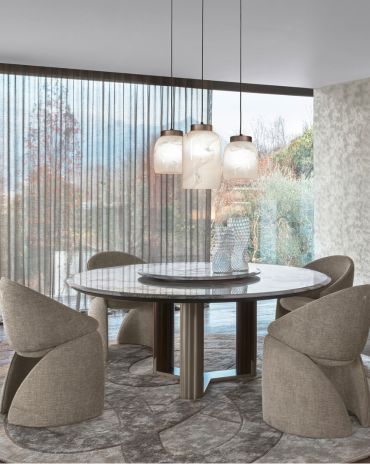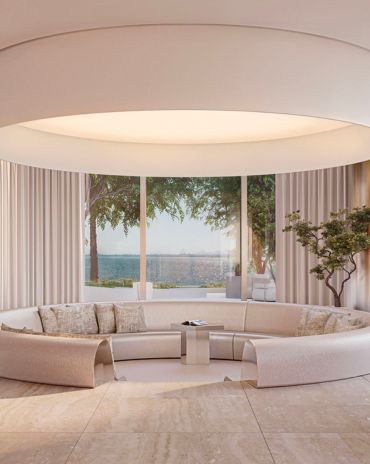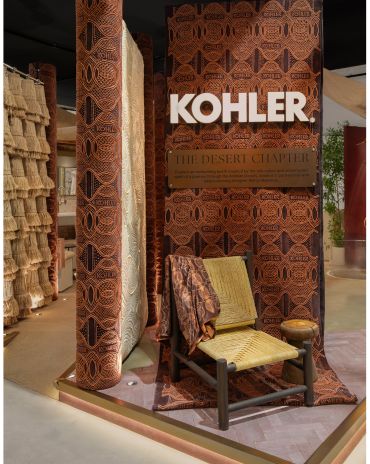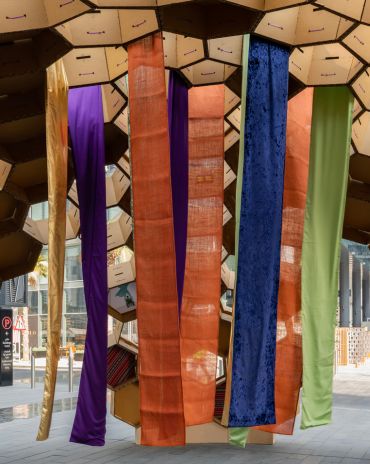Copyright © 2025 Motivate Media Group. All rights reserved.
A new book highlights India’s contemporary architecture
Contemporary House India features homes photographed by Edmund Sumner

“A house is not just a house; it is a home. It is a community. It is a living entity – and we must celebrate this,” said Pritzker Prize-winning architect Balkrishna (B.V.) Doshi in an interview with architect and writer Rob Gregory – who has joined forces with architectural photographer Edmund Sumner to create a major survey on India’s contemporary residential architecture. Containing over twenty examples of India’s finest contemporary homes, Contemporary House India features private residences built by leading and up-and-coming architects, including the likes of B.V. Doshi himself, as well as Studio Mumbai, Architecture BRIO, Matharoo Associates, Abraham John Architects and Khosla Associates.
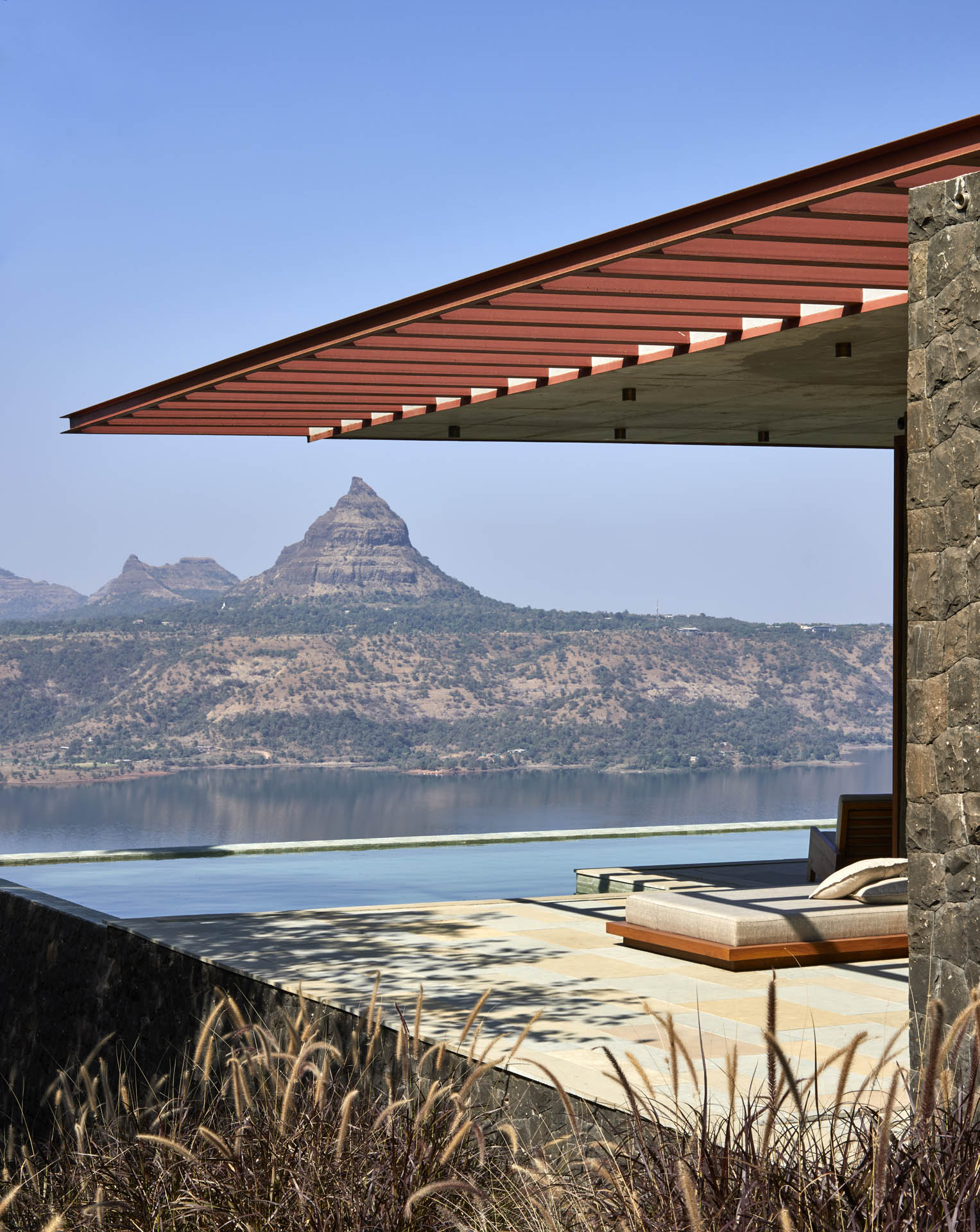
Retreat in Sahyadris by Kholsa Assocaites ©Edmund Sumner
Published by Thames & Hudson, Contemporary House India highlights India’s thriving architectural scene through projects that span the country, from the western coasts of Goa and Maharashtra and the inland waters of the Western Ghats to the inner-city havens of Ahmedabad and Mumbai, as well as the banks of the river Ganges in the north – all illustrated through the photography of Sumner and architectural plans for each project. The book is split into four chapters, each one highlighting a form of architecture: ‘Urban Living’, ‘Remote Villas’, ‘New Settlements’ and ‘Improvisation’.
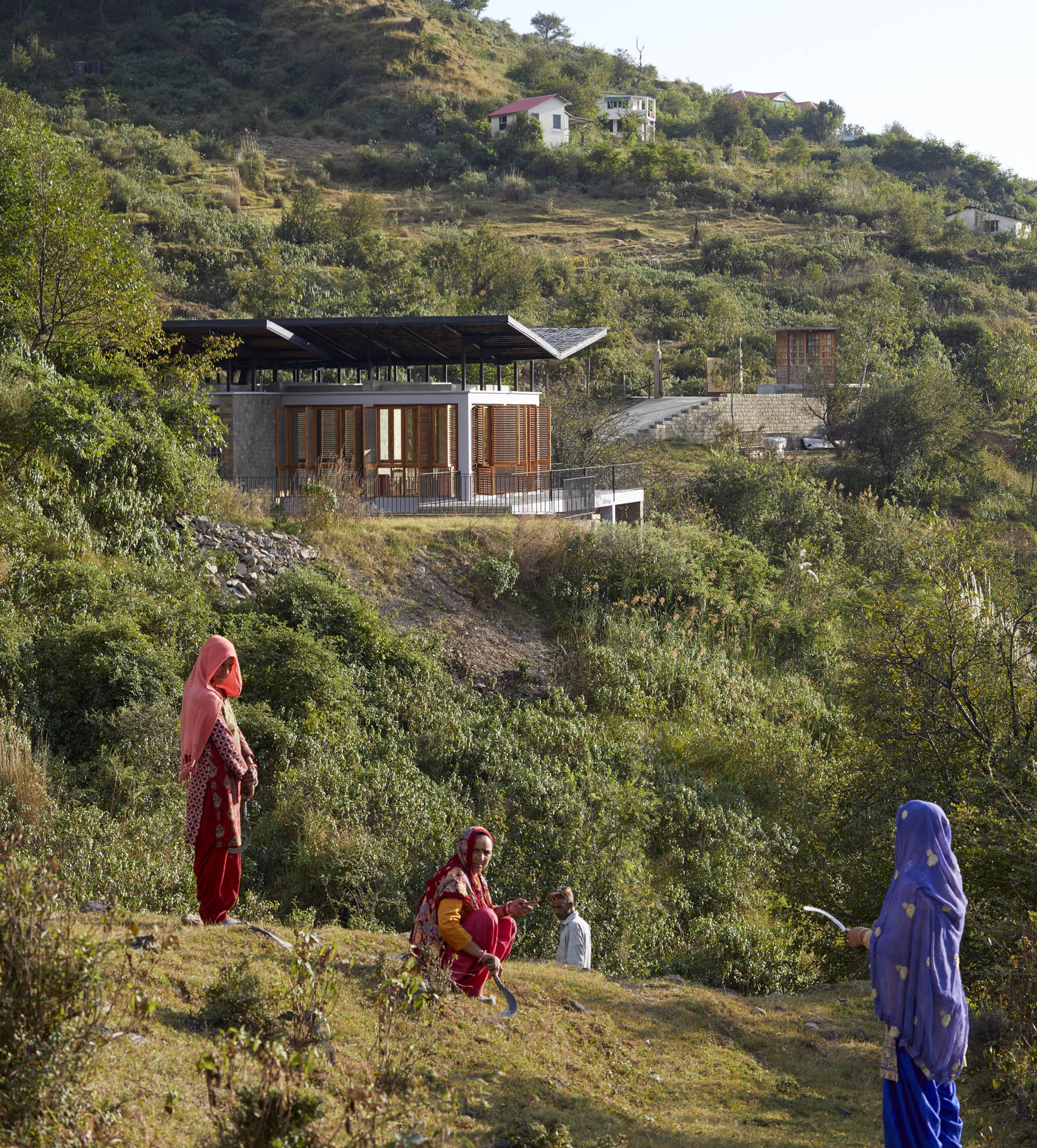
Flying House by Remi Kholsa Associates ©Edmund Sumner
As well as showcasing the wide range of contemporary residences that span the country, Contemporary House India also highlights new approaches to building, that have been bolstered by a generation of design-savvy homeowners. It also includes introductory essays, involving the country’s top practicing architects, on the subject of India’s residential architecture in the context of its varied landscapes and climate, as well as historical influences and socio-cultural and economic realities.
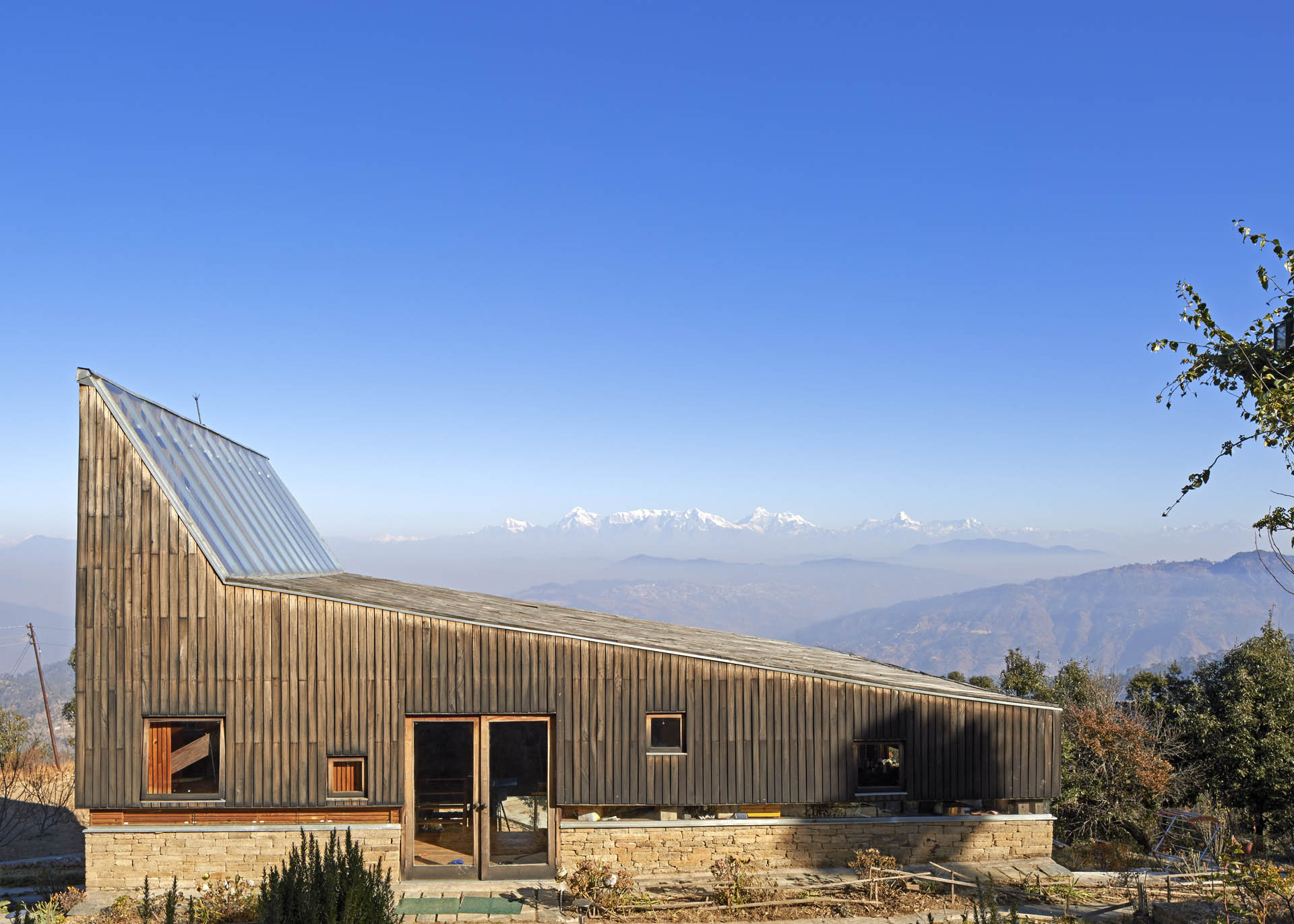
The Wood House by Matra Architects © Edmund Sumner
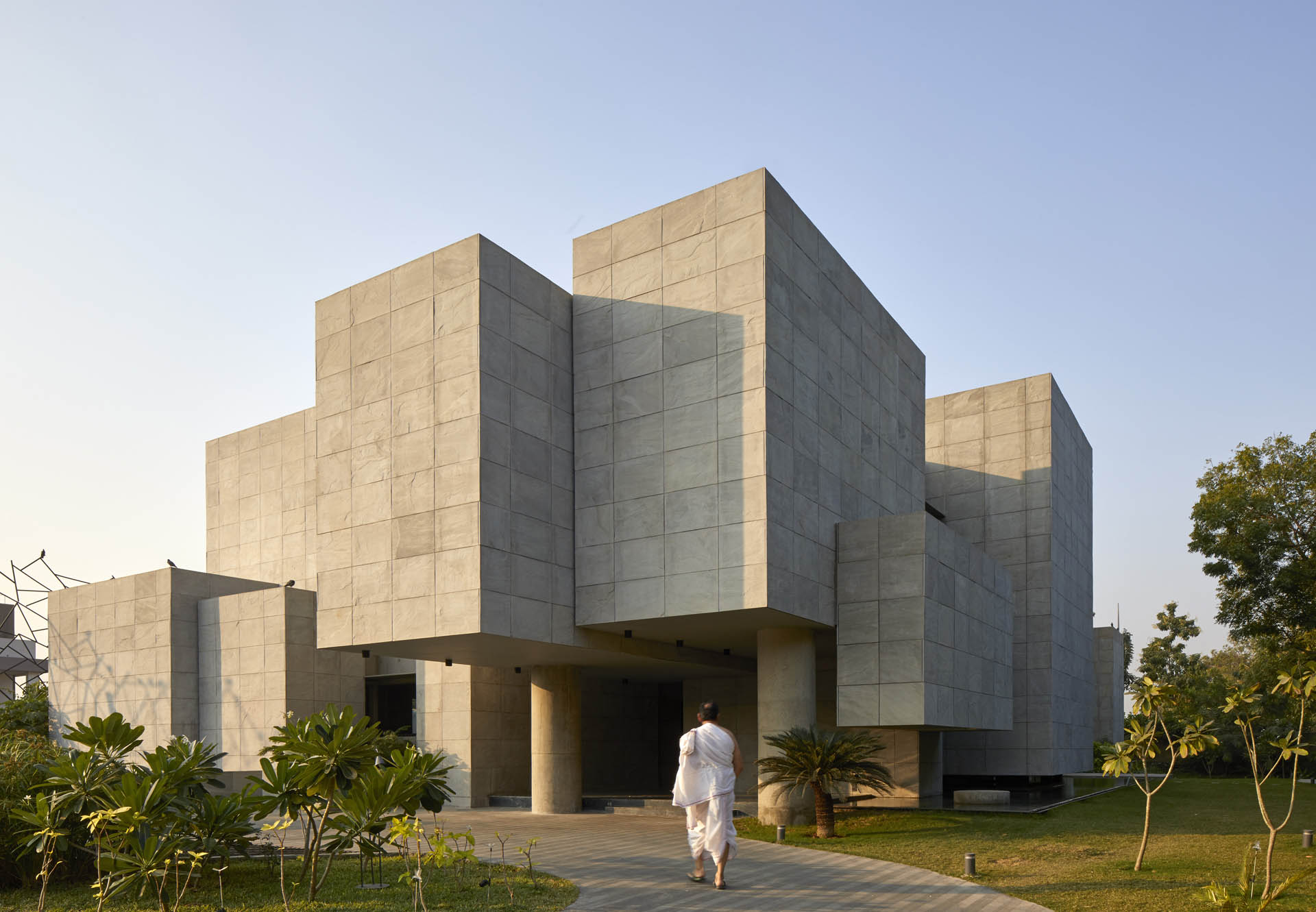
Fissured Living, Ahmedabad, India. Architect: Matharoo Associates, 2018.
Robert Verrijt, founder of Architecture BRIO – the firm behind the Tala Treehouse Villa and the House on a Stream, which both feature in the book – who was born and trained in the Netherlands, questions the need to put a stamp on an Indian architectural identity, asking whether it is necessary at all. “In the Netherlands, you are not asked if your work has a Dutch identity or a European one. You do not question the historical reality of Modernism… I think we should be more open to diversity, and embrace new possibilities. The world is becoming less homogenous,” he says.

Brick House by Remi Kholsa Associates ©Edmund Sumner
The Latest
In photos: Winners at the identity Design Awards 2025
Presenting the winners of 2025 identity Design Awards.
Identity Design Awards 2025 – Winner’s List
Here are the winners of the identity design awards 2025
Hogg’s Hollow
Set along the bend of a quiet river and sheltered within a mature, tree-lined enclave of Toronto, this riverside residence offers a dialogue between structure and softness, restraint and warmth
Salone del Mobile.Milano Paints Riyadh Red
The “Red in Progress” installation marks a powerful first step toward the city’s full-scale 2026 edition
An interview with Fabio Masolo on the Giorgio Collection
A conversation on passion, timeless design, and bringing Italian craftsmanship to the world
European Design, Instantly Within Reach
In a city where design dreams often come with long lead times, Caspaiou brings a refreshing difference – luxury, curated and available now
Shaping Tomorrow’s Interiors
Here’s what awaits at the OBEGI Home showcase at Dubai Design Week
Maison Margiela Residences
Conceived by Carlo Colombo, these bespoke residences will be located on the Palm Jumeirah
The Desert Chapter by Kohler and Marco Maximus
A fusion of design, culture, and the colours of nature
Downtown Design 2025 – The Highlights
A showcase of innovation, craftsmanship, and design excellence
In conversation with: Simon Wright of TGP International
identity interviews the Chairman and Founder of TGP International on the beginnings of the business and how the company shapes human experiences and memories in the hospitality industry.
We Design Beirut Edition Two: A Collective Revival
Uniting designers, artisans, and visionaries to reimagine Beirut’s future



